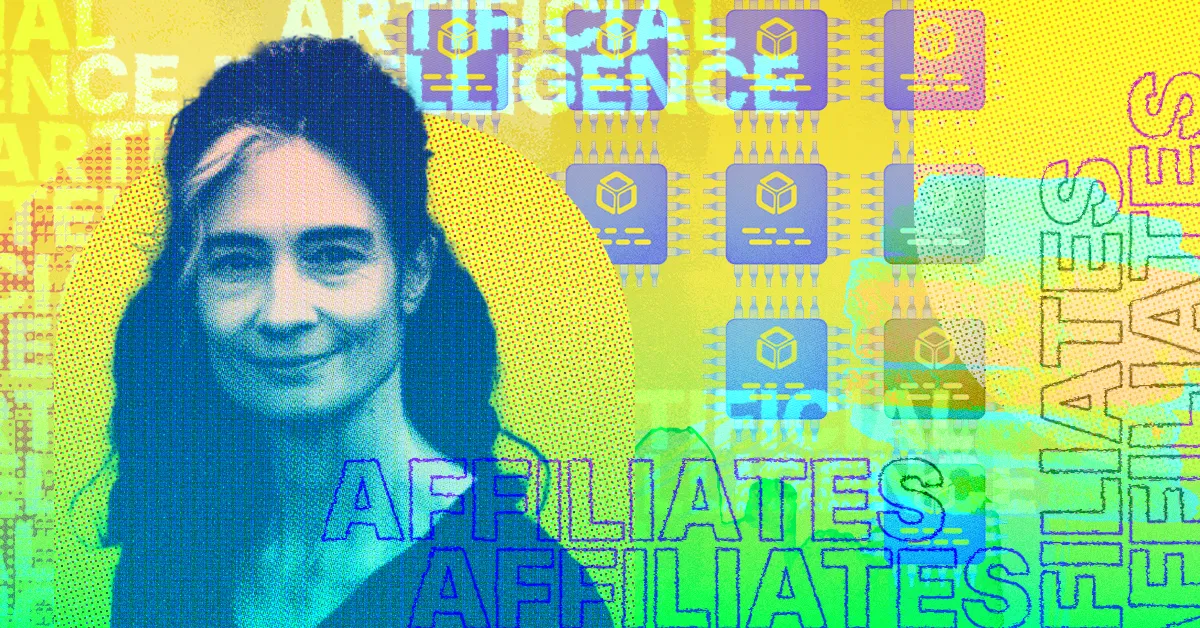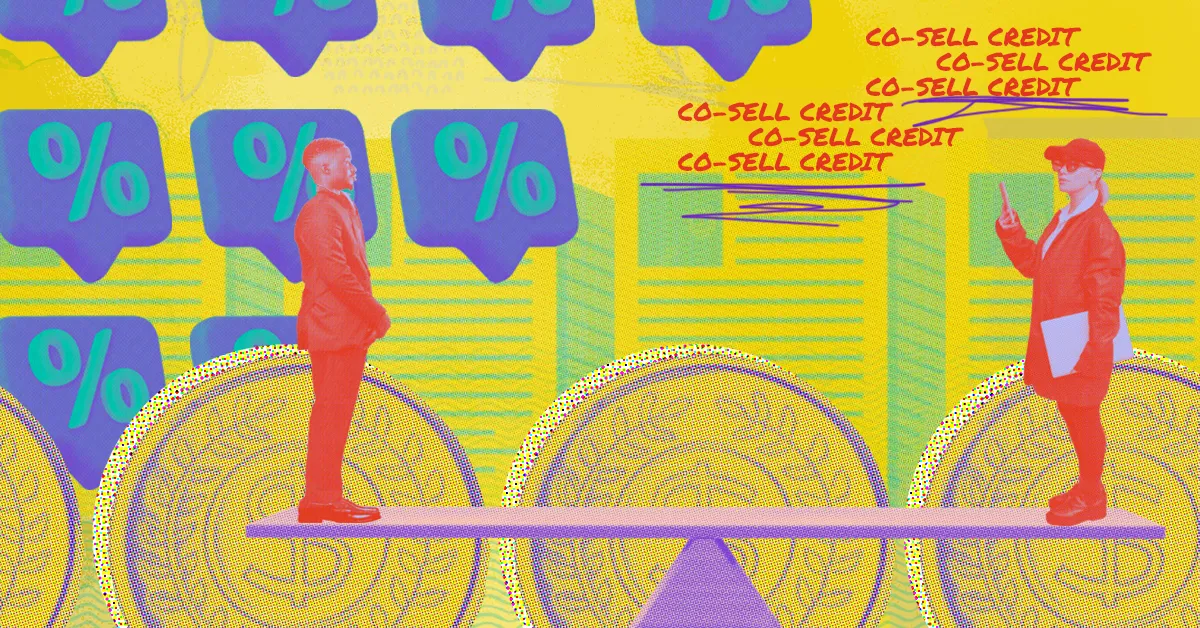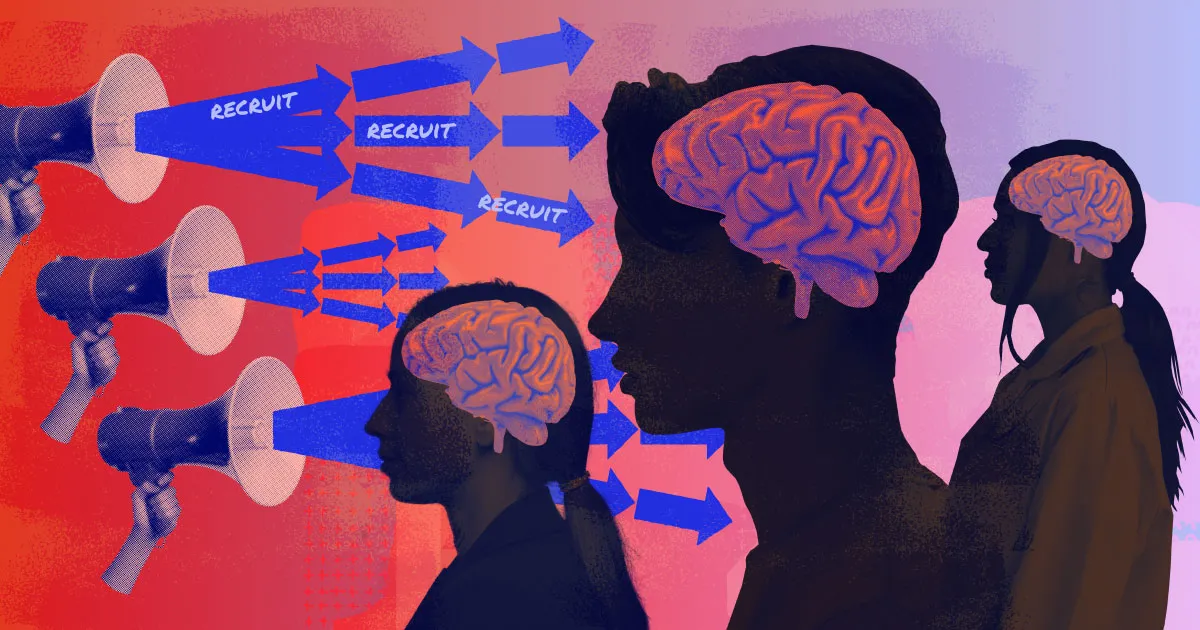Affiliate marketing is in the middle of a transformation. Community platforms are reshaping discovery, while large language models (LLMs) are influencing the buyer journey. Attribution challenges are pushing teams to rethink their approach. For affiliate leaders, AI is opening up new ways to gain an edge — and the strategies are evolving quickly.
There are big opportunities amid the changes. According to a Hostinger report, the affiliate marketing industry is worth $18.5 billion now and projected to grow to $31.7 billion in the next five years.
During STACK'D Connect 2025 in New York City, PartnerStack hosted a panel on Revenue-Driving Strategies From Top GTM Leaders featuring four industry experts. Moderated by PartnerStack’s Director of Content Marketing, Chloe Tse, the conversation explored affiliate marketing’s evolution and AI’s growing role.
Among the speakers, Amy Scanlon, General Manager at Right Side Up, shared her perspective on how these shifts are reshaping strategies in real time.
Find out what Scanlon says affiliate marketing leaders need to know to gain an edge with AI.
Is AI rewriting the rules of affiliate marketing?
Just two years ago, the affiliate landscape looked different. Some teams treated partnerships more as side projects: a way to diversify spend and lower blended customer acquisition cost (CAC). That has flipped, Scanlon says. Today, partnerships break silos across owned, earned and paid, and in many companies, they’re baked into the go-to-market strategy itself, even helping prove product-market fit. The real shift? We’re not just marketing to people anymore, but machines, too. Content’s reign is coming to an end — now, context is king, she notes.
Scanlon’s advice for partnership leaders is to “find that army of brand ambassadors and partners” who are feeding the right context into LLMs and answer engines, so your product shows up credibly at all points, including discovery, consideration, purchase and advocacy.
You’ll want to first identify your alpha cohort, and once that’s in place, you can create a beta cohort of lookalikes from there, she adds.
Related: 30 AI affiliate programs to join in 2025 to maximize revenue.
How AI is actually changing affiliate programs
For Scanlon, AI doesn’t replace affiliate — it clarifies where affiliate delivers value. Traditional strategies leaned hard on major publishers and review sites. But with factors like search volatility and paid arbitrage driving up costs, the focus is shifting to communities and creators who supply trusted context, such as Reddit threads, YouTube explainers and customer advocates with real-world credibility.
To stay ahead in the affiliate space, Scanlon recommends starting inside your base:
- Identify existing brand ambassadors — customers already inclined to advocate.
- Validate that they have meaningful reach or engagement, so their activity generates observable signals.
- Incentivize them across the funnel with product access, reviews on high-signal surfaces like YouTube or Reddit, and add affiliate commission.
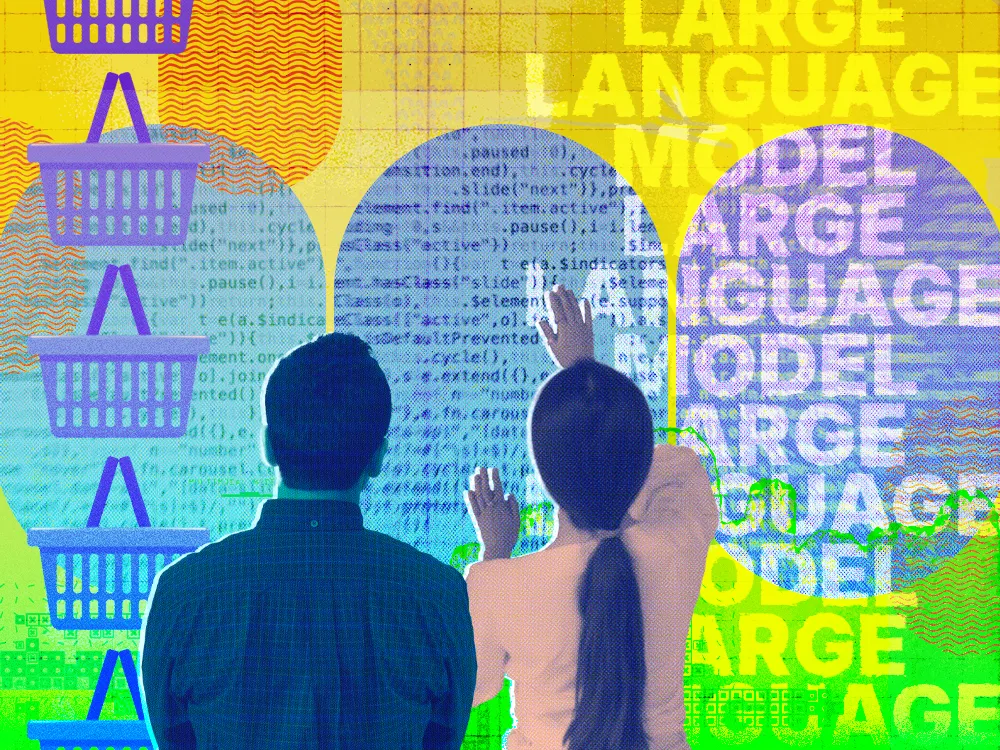
See more: Jobs that are growing with the rise of AI.
Why attribution and compensation are shifting in the age of answer engines
Attribution gets harder when influence and information flows through conversations and citations rather than traditional links.
For Scanlon, the answer is to reframe measurement. It’s not just about tracking sales or signups; it’s also about knowing where your brand is being cited online. Think of it like checking the footnotes in an academic paper: you want to know how many people read the article, but also whether your work is being referenced in the right places. Traditional search queries miss this nuance, but signals like the type of site mentioning you can help fill in the gaps. The goal is a feedback loop: are you showing up with the right proof, in the right moment, where buyers or AI are looking?
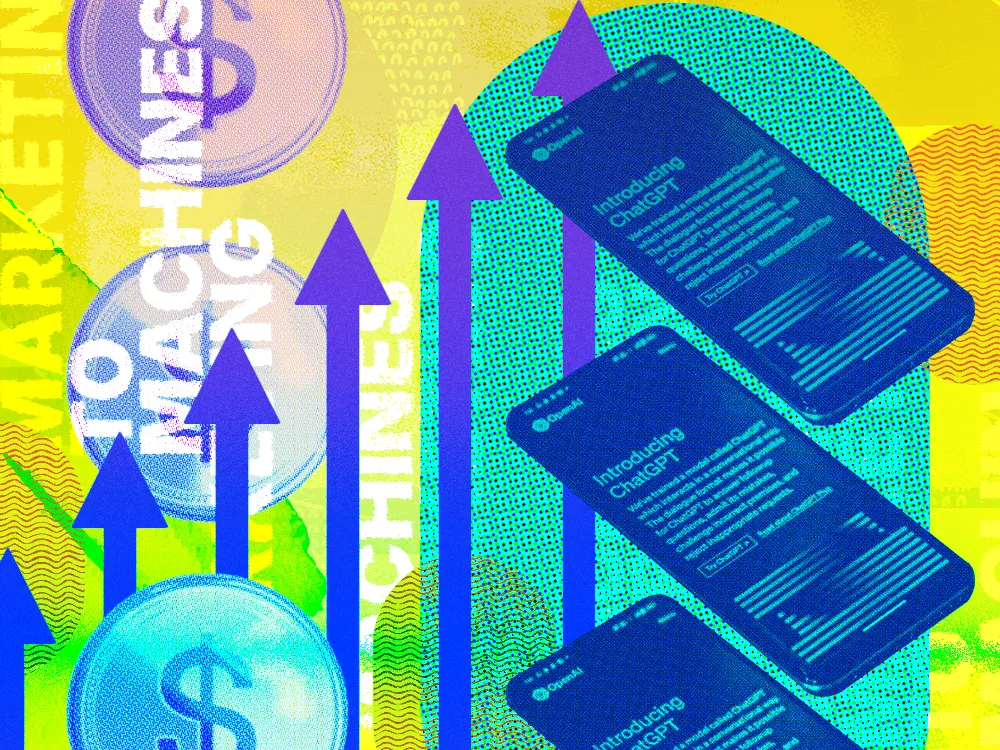
If you’re going to measure value differently, Scanlon adds, you also need to pay for it differently. Creators and communities unlock discovery and credibility, which is a value that merits compensation. She recommends a hybrid model: pair flat fees for content creation with performance-based commissions. This alignment reflects the work done at discovery and still rewards down-funnel impact.
Still, without clarity, even solid assets can become a content graveyard. The trick, says Scanlon, is to build engagement into the plan — the right partner profile, consistent activation, two-way momentum. Think of it like handing a sales rep a great case study: if you don’t also show them how it answers a buyer’s question, it’ll just sit in their inbox. Enablement only works when it lands.
Don’t expect affiliate programs to run the same as paid channels
Often leadership teams get stuck comparing affiliate to core paid channels and expect quick scale that can be dialed up or down. This isn’t the case with partnerships. For Scanlon, they really involve three players — brand, partner and platform — and they only work when nurtured over time. Checking if the revenue is truly incremental matters, alongside recognizing the visibility partnerships create, like showing up on a trusted forum or in a review. Leaving that out means missing part of the story.
See more: Expert strategies for leveraging AI for partnerships.
Make the most of long-tail growth
Most programs continue to follow the 90/10 rule, meaning that a handful of key partners drive most revenue. But that concentration raises risk and masks opportunity. Scanlon pushes teams to “unlock the long tail” by using smaller creators, communities and forums that add modest value alone but powerful value together. It’s slower to recruit and manage, which is why automation and ops matter — and why the right PRM and partner network separates potential from real performance success.
The reality is, AI isn’t a threat to affiliate — it’s actually the clearest lens yet on where the channel creates value. If buyers trust people more than brands, and machines rely on context, then the programs that invest in credible voices, long-tail scale and smart incentives will win. The work shifts from chasing links to planting proof where it matters most.
Ready to evolve your affiliate program?
PartnerStack can help recruit, track and manage partnerships — and help you leverage AI. Book a demo and find out how we’re using AI for faster, smarter partner recruitment.
To learn more from the best in partnerships, join us for STACK’D Meetups, where you can connect one-on-one with other pros.
